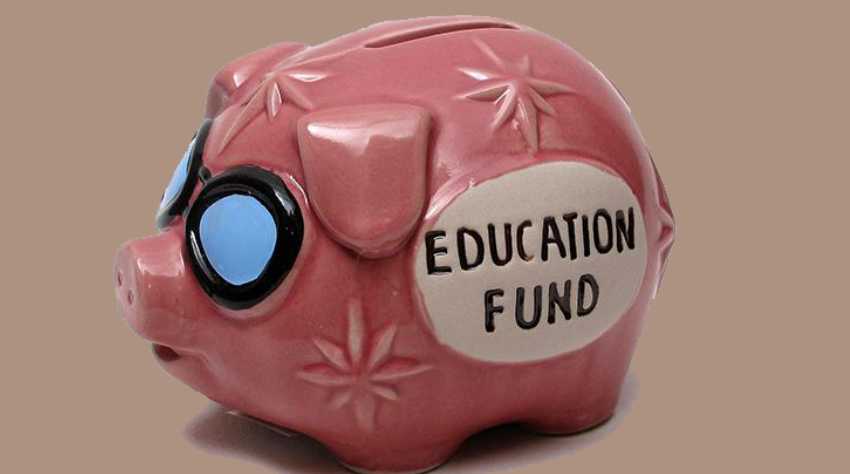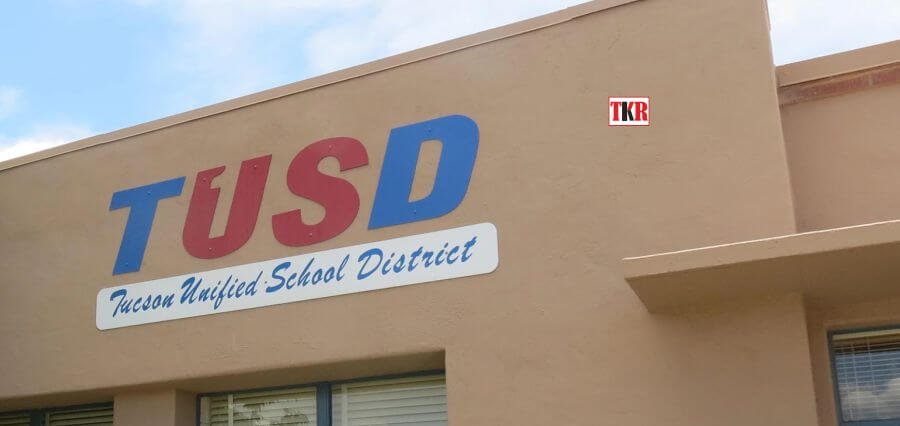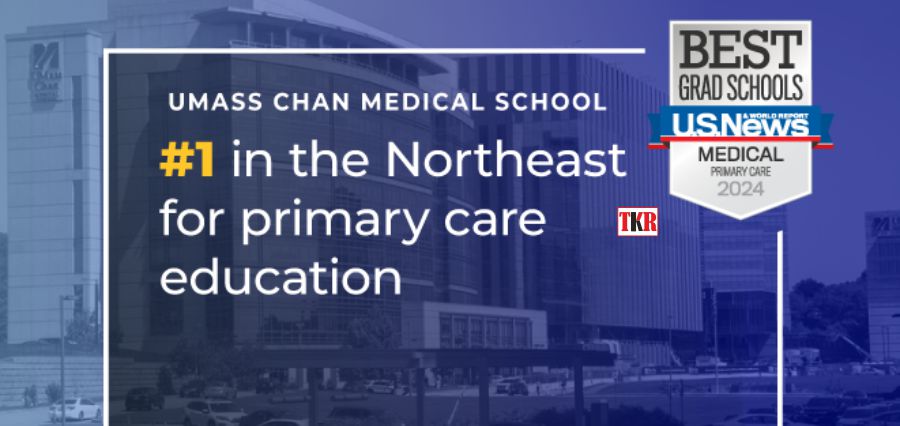After many states have reported lesser revenue generation which have turned out to be weaker than expected, they have cut down their higher education spending. The weak revenue analysis is based on the report from National Association of State Budget officers.
Due to this, universities, college professors, administrators are going to get less money than promised in the past and hence would have to tighten their belts. Higher Education does not have a dedicated source of funding, colleges and universities and hence they are the ones who take the hit during poor budget years. It is an area of discretion where states can reduce in bad times. The good part of it is that it tends to come back and increase higher education budget with the return of good times. The recent recession has made recoveries much slower and hence it has taken longer to get the tax revenue up to the pre-recession levels.
In spite of not being a surprise, the anxiety levels are still high at places like Harris-Stowe State University in St. Louis. Some universities are facing more than $900,000 cut in next year’s budget which is nearly 10 percent in the funds that the state appropriates. The cut could also lead to some levels of tuition hikes and the authorities are trying their best to not to put the burden on the backs of the students.
However a robust scholarship network can offset the impact of tuition increases. With students at other schools looking at the budget cut with dread and uncertainty, educators around the country are skeptical as on how the society will progress without investments in higher education. Legislators are looking into possible ways to avoid any drastic effects on the Education system.









